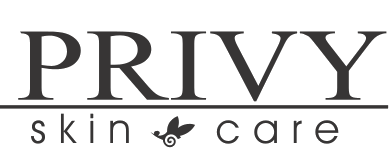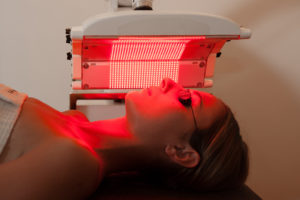In recent years, red light therapy has emerged as a groundbreaking treatment in skincare. With its promise to rejuvenate, repair, and renew, this innovative technology is making waves. But what exactly makes red light therapy stand out? Let’s delve into the benefits, FDA approval, and how it stacks up against other laser therapies.
What is Red Light Therapy?
Red light therapy, also known as low-level laser therapy (LLLT) or photobiomodulation, utilizes specific wavelengths of light to penetrate the skin. Typically, the wavelengths range from 600 to 650 nanometers. This process stimulates the skin’s natural healing processes, leading to a host of beneficial outcomes.
Key Benefits of Red Light Therapy:
Enhanced Collagen Production
One of the most celebrated benefits of red light therapy is its ability to boost collagen production. Collagen is a protein essential for skin elasticity and firmness. As we age, collagen production naturally decreases, leading to wrinkles and sagging. Red light therapy stimulates fibroblasts—cells responsible for collagen synthesis—resulting in smoother, plumper skin.
Improved Skin Tone and Texture
In addition to enhancing collagen, red light therapy promotes overall skin health by improving tone and texture. The therapy works by reducing inflammation and increasing blood flow to the skin, which helps to even out skin tone and diminish the appearance of age spots and blemishes.
Accelerated Wound Healing
Another notable advantage of red light therapy is its ability to accelerate wound healing. This is particularly beneficial for individuals with acne scars or minor skin injuries. By boosting cellular repair processes, red light therapy speeds up recovery and helps to minimize the appearance of scars.
Reduced Inflammation and Redness
Red light therapy also helps in reducing inflammation and redness, which is ideal for those with conditions like rosacea or psoriasis. The therapy’s anti-inflammatory effects help calm the skin, leading to a more even and less irritated complexion.
FDA Approval and Safety
One of the critical factors that set red light therapy apart is its FDA approval. The FDA has cleared several red light therapy devices for safety and efficacy, particularly for their use in reducing wrinkles and treating acne. This approval indicates that the therapy has undergone rigorous testing and meets the standards for safety and effectiveness.
Comparison to Other Laser Therapies
When comparing red light therapy to other laser treatments, such as fractional laser or ablative laser therapies, several key differences emerge:
Intensity and Downtime
Red light therapy is non-invasive and generally involves minimal to no downtime. In contrast, more intense laser therapies often require significant recovery periods. Fractional lasers, for example, can cause redness and swelling that might last for several days.
Pain and Comfort
Red light therapy is virtually painless, with many users describing the sensation as soothing warmth. On the other hand, some laser treatments can cause discomfort and may require topical anesthetics to manage pain.
Long-Term Benefits
Both red light therapy and other laser treatments offer long-term benefits. However, red light therapy is often preferred for ongoing maintenance and prevention due to its non-invasive nature and lack of side effects.
Conclusion
Red light therapy represents a promising and versatile addition to modern skincare. With its FDA approval, non-invasive nature, and numerous benefits, it offers a compelling option for those looking to enhance their skin’s appearance and health. While other laser therapies have their place, red light therapy stands out for its comfort and suitability for ongoing use. By understanding its advantages and how it compares to other treatments, you can make an informed decision about incorporating this innovative therapy into your skincare regimen.
Talk to us about red light therapy at your next appointment!
www.privyskincare.com
702.496.2066




